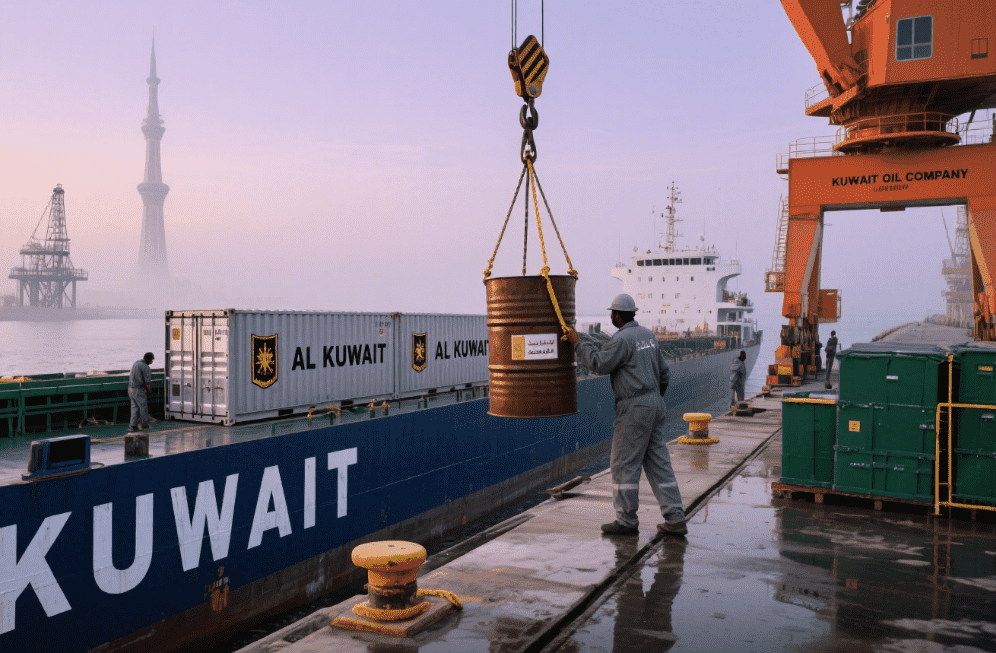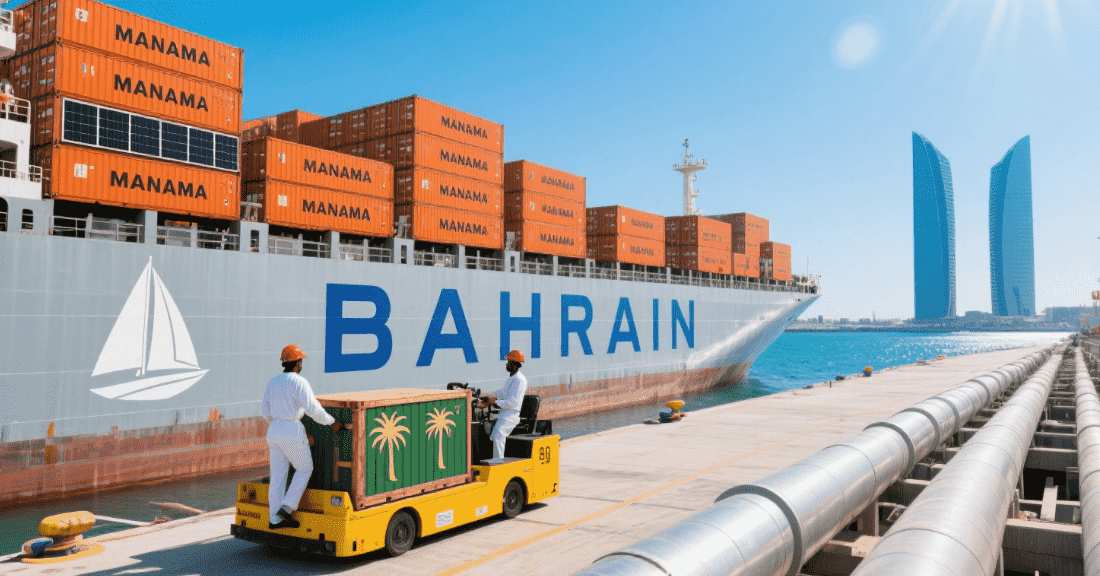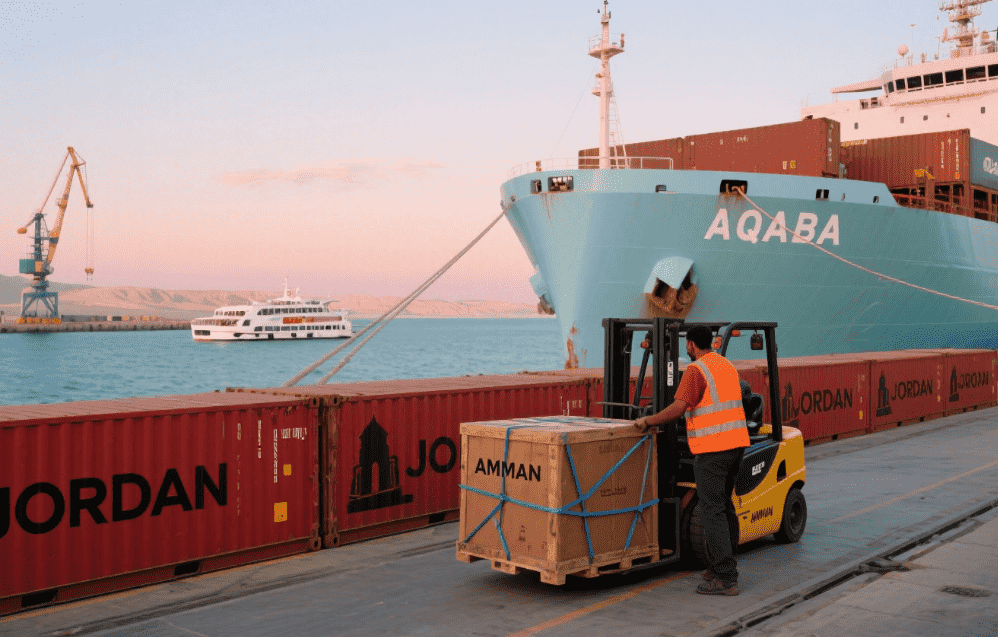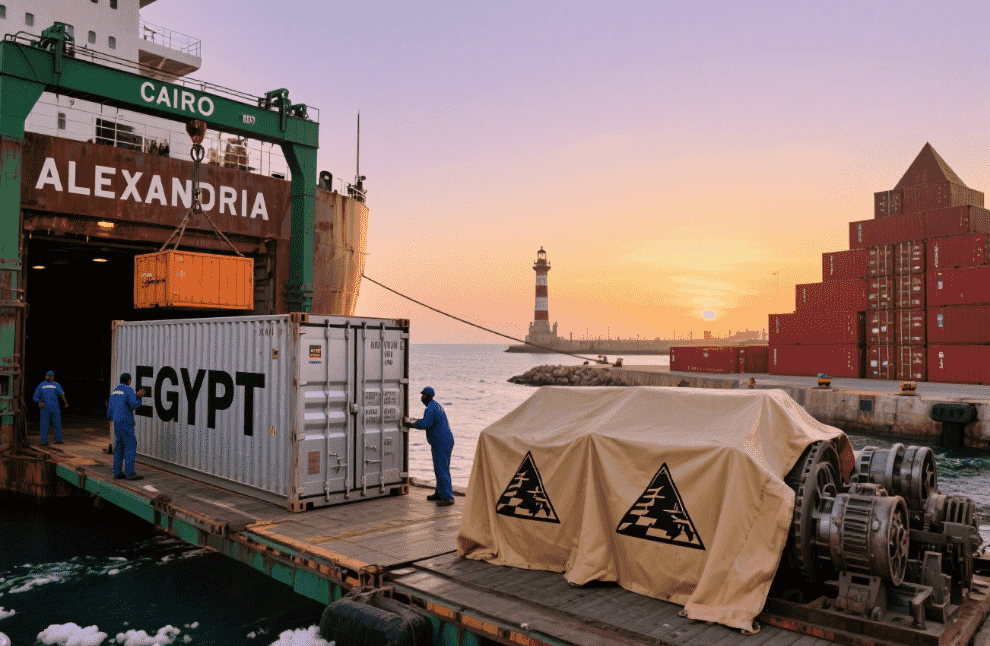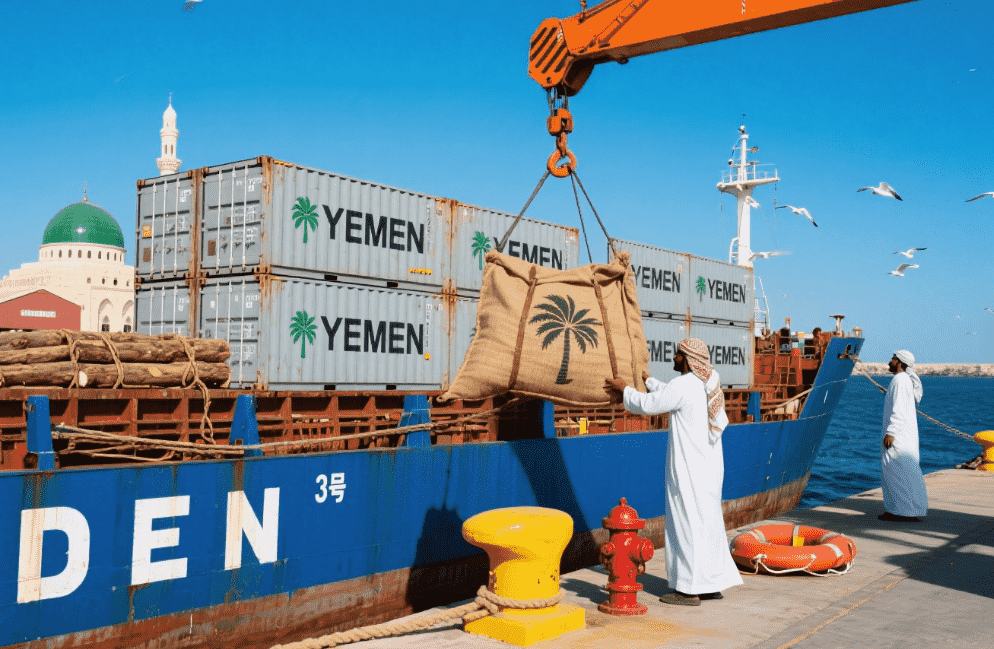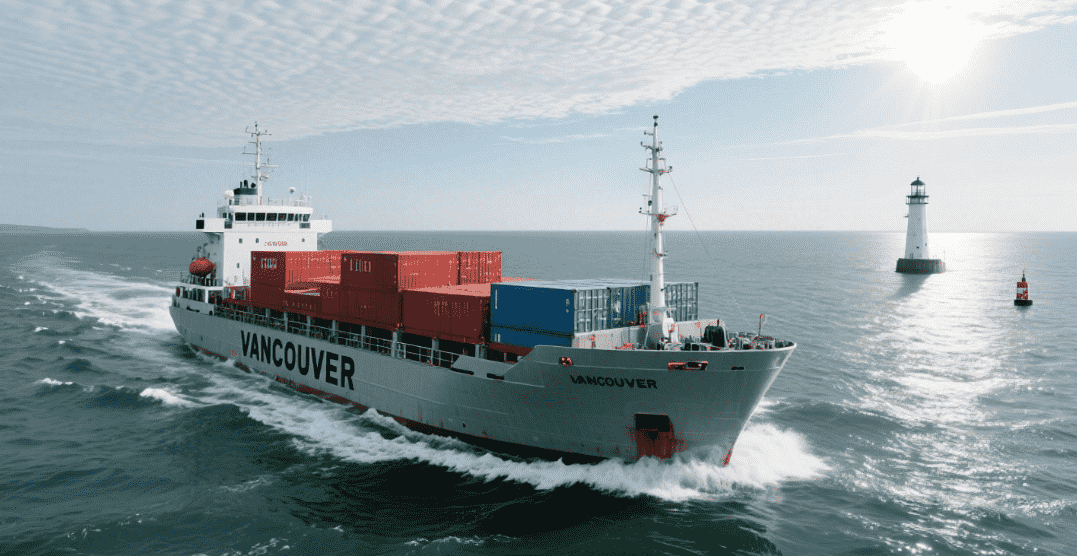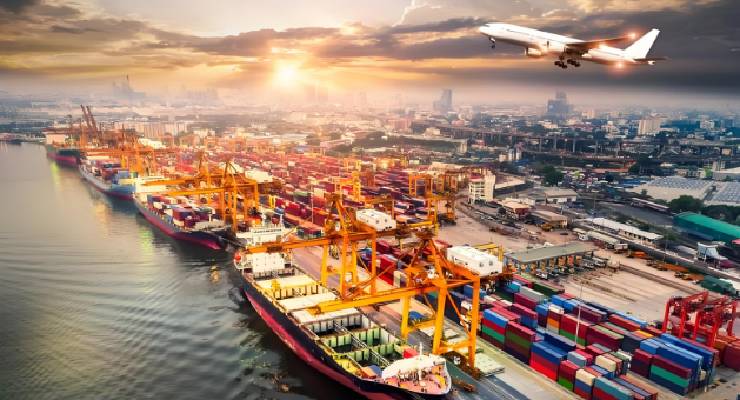
Transportation of heavy machinery and other cargo is a highly complicated process involving much planning. The responsibility of shipping cargo safely across long distances is entrusted to a logistic company. Securing the cargo throughout the transportation process is a difficult task. Logistic companies cannot be careless at any shipping stage because the company’s reputation is at stake. Cargo needs special attention depending on the mode of transport used and the type of cargo shipped. Lack of safety measures in cargo shipping can lead to severe consequences. Cargo
Safety involves:
● Proper packaging of cargo in containers.
● Preventing tampering of the cargo container.
● Safe transportation of the container to its final destination.
Tips for Shipping companies to secure cargo:
● Cargo shipping companies must use high-quality materials for cushioning, lashing, and
labeling.
● All sides should be sealed thoroughly to avoid cargo damage.
● Should not leave empty spaces between packages, and the walls of the container must be
filled.
● Materials like wooden beams and planks should be used to make intermediate floors
inside the container.
● Cargo should be treated based on the type of cargo. Perishable shipments containing
vegetables, fruits, plants, and other organic products must be treated differently
depending on the place of origin and destination as they are time and weather-sensitive
products. The carriers should be aware of the products’ possibility of perishing while in
transit.
● Use weatherproof materials to secure the charge from harsh weather conditions.
● Top-quality locks should be used to prevent theft. The securement technique should not
only be difficult and time-consuming for a thief to overcome, but it should also be a
deterrence against stealing.
● Use electronic tracking devices to keep track of vehicle and shipment movement.
Tips for customers before hiring a cargo shipping company
● Perishable organic cargo and other fragile goods should be declared so that the shipping
company provides special attention to avoid damage.
● You should hire a shipping agent capable of providing customized packing services.
● The shipping company you are hiring should be trustworthy.
● You should only hire a shipping company that regularly updates your cargo.
● You need to know whether the shipping company is using obsolete technology.
● You should prefer a shipping company that offers a smooth documentation process.
Several factors to consider in securing your cargo can impact the methods you choose to hire a
shipping company. Dunes Cargo & Shipping is one such company with an experience of two
decades that will ensure safe, secure, and efficient cargo transportation.
The shipping market was created to enable international trade by connecting supply and demand for commodities such as raw materials, manufactured items, and completed products, as well as passenger, automobile, and cattle transit between ports and countries.
The expansion of seaborne trade during the previous century has resulted in the expansion of the shipping market, as well as allied businesses and markets such as shipbuilding, ship broking, and insurance, as well as shipping itself. Furthermore, the expansion of international trade has also been the driving force behind the development of larger, more specialized ships.
To transport specialized goods at sea in order to benefit from economies of scale. In addition, the shipping industry has been created and structured to meet the interests of charterers by defining various types of contracts with differing durations, payment methods, and cost allocations.
The purpose of this chapter is to present an overview of the shipping market, including its segmentation into distinct sectors and sub-sectors, fleet makeup, and trading patterns in the major shipping sectors.
We also go through the many types of shipping contracts, as well as the costs of shipping operations and the formulation of freight rates under various types of contracts. We also look at the seasonality of shipping freight rates and compare seasonal freight movements across different types of ships and lengths of freight contracts.
container shipping marketing services
Shipping market containers can be used for transport, storage, and handling. For intermodal shipping, corrugated boxes are smaller and more popular than reusable steel boxes.
Containers are used to bundle goods, transfer it, and stack it in a ship in the same manner as cardboard containers and pallets package cargo and items into huge, unitized loads. Aluminum and steel are the most widely utilized materials.
The global shipping market container is divided into four segments: container size, product type, end use, and region. Small containers (20 feet), large containers (40 feet), and high cube containers are the three types of containers based on their size (40 feet).
Dry storage containers, flat rack containers, refrigerated containers, and special purpose containers are among the products available. Other categories include consumer products, healthcare, industrial goods, and vehicle transportation, in addition to the ones listed above.
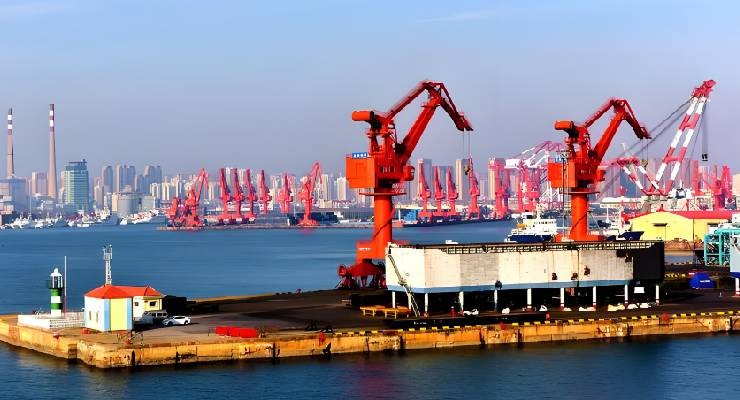
What are the types of shipping marketing?
The freight market, sale and purchase market, newbuilding market, and demolition market are the four closely related shipping market places in the worldwide shipping market industry, each trading in a distinct commodity.
· Freight market
Freight is the payment made to a carrier in exchange for the conveyance and delivery of goods in a certain condition. In the realm of freight shipping, there are four major modes of freight transportation offered to shippers. Ground (road), train, ocean, and air are the main modes of transportation. Despite the fact that these are the most common modes of freight transportation, each has its own set of processes that differ from one another.
Ship-owners, charterers, and brokers make up the freight industry. They use four different forms of contracts: trip charter, affreightment contract, time charter, and bareboat charter.
Ship-owners agree to transport cargo for a set fee per tonne, whereas the charter market rents ships for a set length of time. Charters are legally binding agreements between two parties in which the contents are clearly outlined.
Pricing a cargo ship’s services is likely to be determined by supply and demand dynamics, but the factors underlying those dynamics are likely more complex than most other businesses.
Like all modes of transportation, shipping is driven primarily by demand for the goods it transports. This demand is influenced by alternative goods competition.
A ship operating on any particular route competes with other carriers along the same route, inland transportation, aerial transportation, and vessels serving alternative supply sources. The mode of transportation, weight, size, distance, locations of pickup and delivery, and the actual products being delivered are the key elements in determining the freight rate.
Generally speaking, the more freight you transport, the less it costs. This is a significant component in the freight rates charged to individuals or businesses.
· The Sale and purchase market
A state market is characterized by its trade in used ships, which is a hallmark of its market. The participants of the meeting include shippers, transportation companies, and speculators, while shipbrokers play a crucial role in completing the minutes.
· The Newbuilding market
The new edifice market introduces new ships into the transportation industry while also sending hard currency out of the country.
The market is in terms of goods, labor, and net income. The newbuilding market sells ships that have not yet been built, in other words, the ship’s keel has not yet been laid.
As a result, once a ship is ordered, it can take up to four years to be ready for sea trials. The overall market conditions may have changed by this point. As a result, it is critical to keep
Before telling, have a good anticipation of the afterlife. Reasons for ordering a new vas rather than purchasing a used one vary, but in most cases, it is based on monetary values as well as the proprietor’s design standards.
According to Stop ford (2009), the monetary values of the newbuilding market appear to be just as volatile as those of the sale and purchase market, so the newbuilding market can sometimes have lower monetary values than the second-hand market.
· The demolition market
A critical component in the supply/demand balance for shipping Technical or economic obsolescence may be the cause of a ship’s scrapping, with the latter being heavily influenced not only by anticipated freight market levels, but also the rate at which more efficient ships are introduced. The scrap value of a ship is determined by the realizable value of the ship’s materials as well as the cost of demolition.
Both are heavily influenced by the cost structures in the likely demolition country. The paper delves not only into the fundamentals of the ship demolition market, but also into the trends that have occurred since the 1960s.


